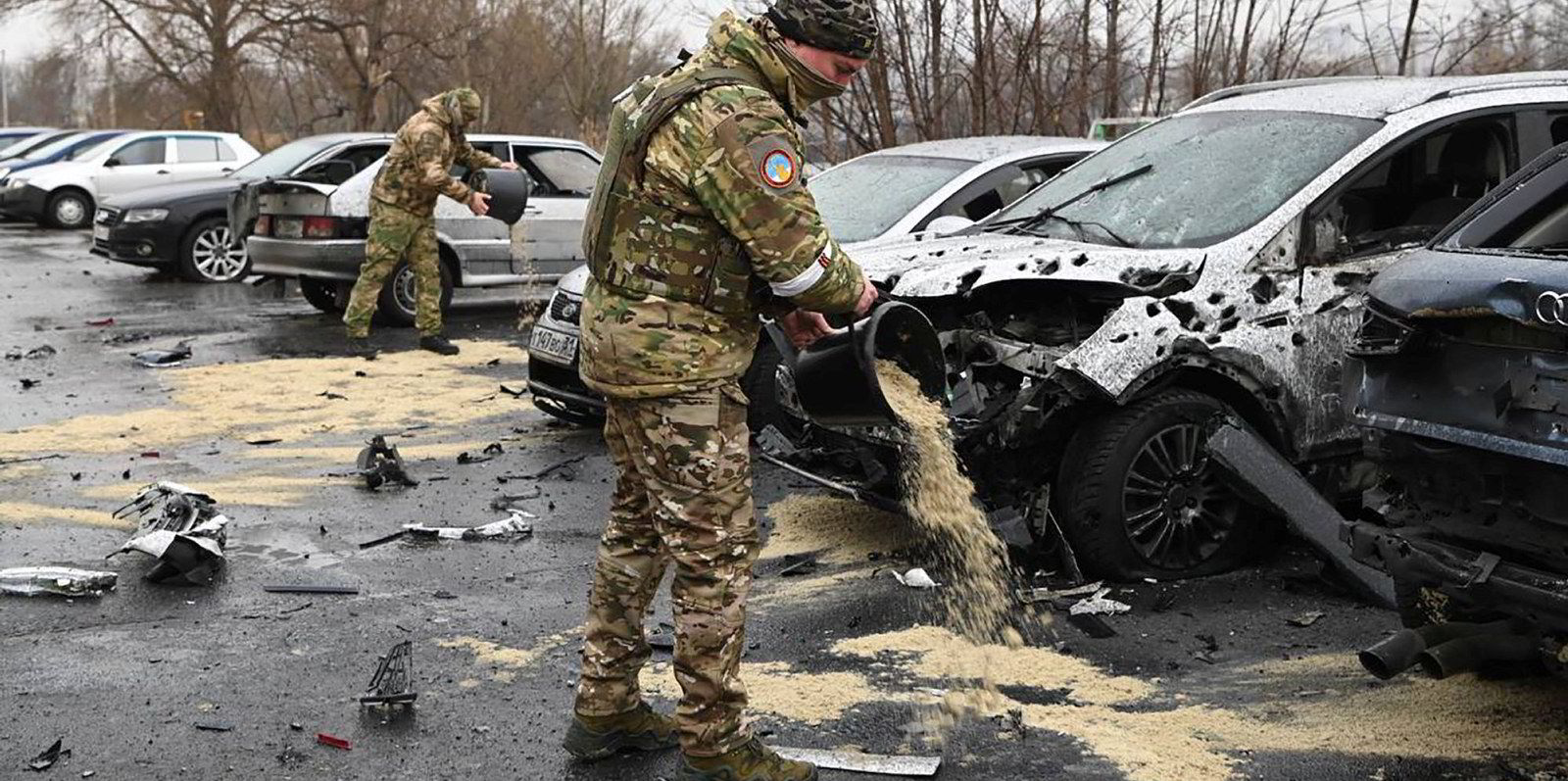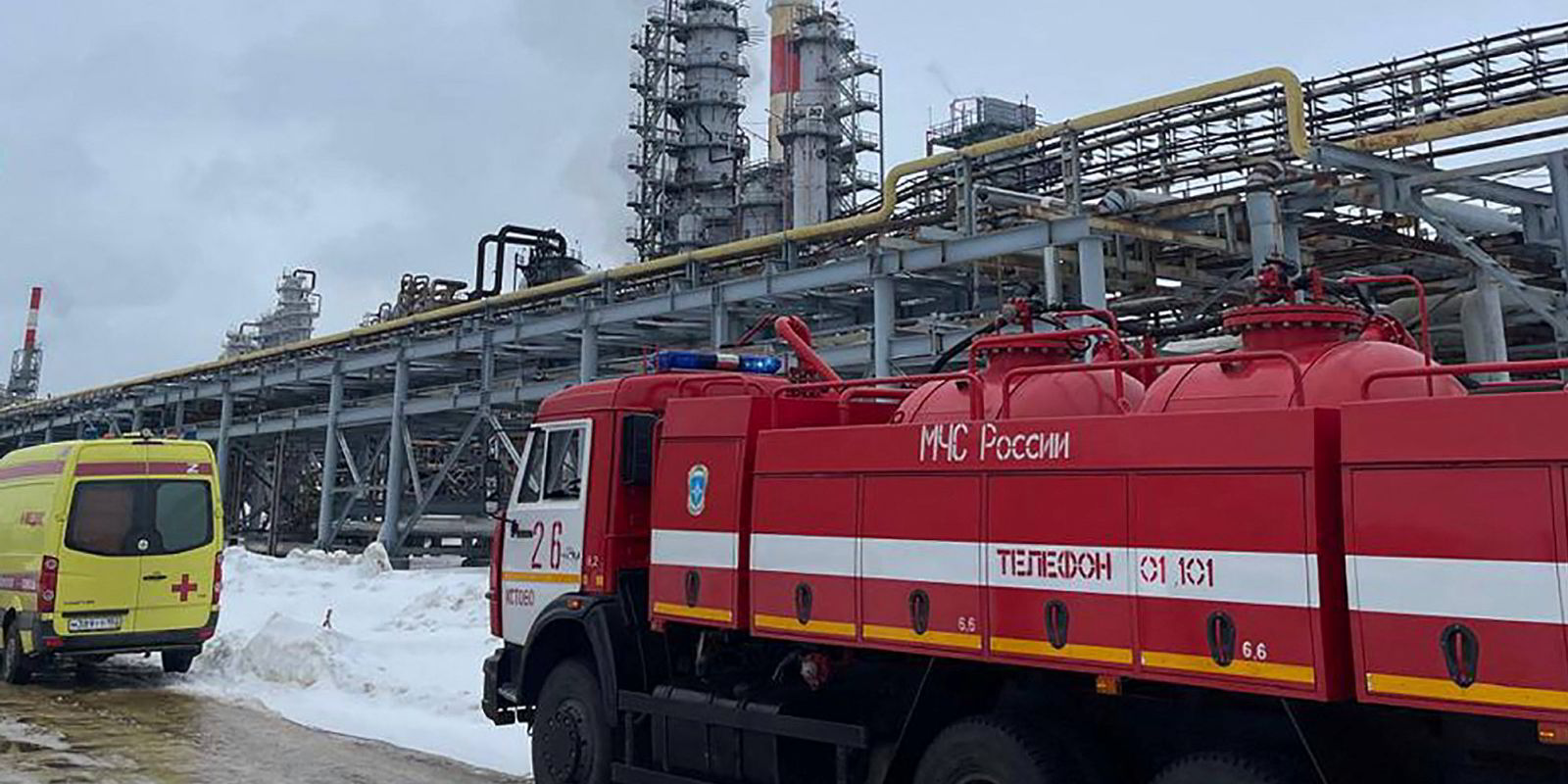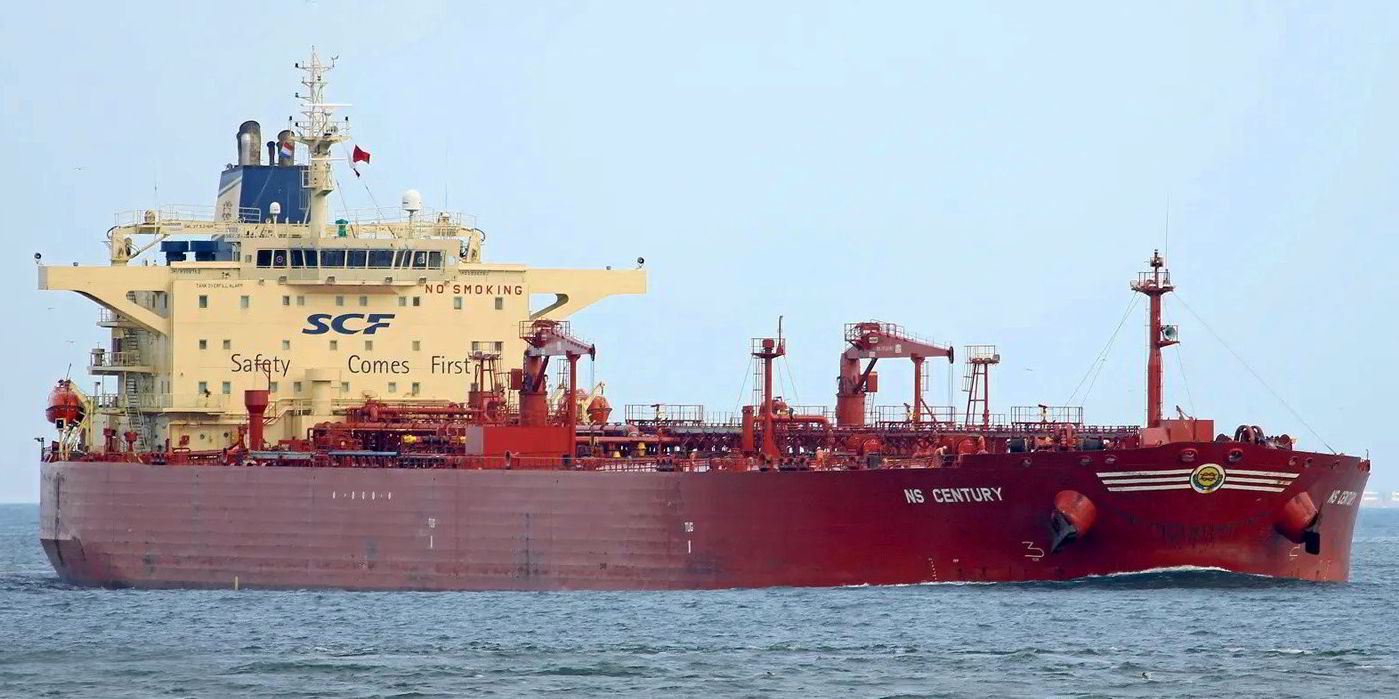A slew of Ukrainian drone attacks on Russian refineries over the past few days are raising questions about how long the country can continue exporting petrochemical products.
Several of Russia’s main oil refineries were attacked over the weekend as part of Ukraine’s strategy to cripple Moscow’s petrochemicals production capacity, cut off lucrative income from exports and reduce the flow of petroleum to its vast war machine.
Analysts following developments in the local petrochemicals sector believe that if Ukraine continues its successful attacks on refineries, Russia might switch from being an exporter to an importer, which would create havoc for the fleet of product tankers that are now carrying its exports from ports in the Baltic and Black seas.
According to the US Energy Information Administration, Russia had 5.4m barrels per day of crude refining capacity from more than 25 refineries at the end of December 2022. Production levels are believed to have declined due to maintenance issues caused by the lack of spare parts that can no longer be acquired due to sanctions.
Exports produced in these refineries were an important source of income for Russia. Its exports for 2022 totalled $67.4bn, but volumes have been falling. Petrochemical exports dropped by around 30% throughout 2023, dipping 2.63m bpd in January this year, according to market data.
Turkey, China and Brazil are the biggest buyers, according to the Centre for Research on Energy and Clean Air (CREA), and the trade is entirely seaborne.
Ukraine has launched attacks on a dozen Russian refineries this year. Initially targeting oil storage facilities, the damage impacted production for days or weeks.
However, the recent attacks over the past 10 days, including strikes on several of the country’s largest refineries, show a shift in tactics. Its drones are now targeting critical refining infrastructure.
Damage to this infrastructure is expected to shut down these refineries for months, if not longer, as much of the equipment needed to get them up and running again has to be procured from outside Russia and this will prove challenging, given the sanctions on the oil sector by the US and European Union, where much of this equipment originates.
Two sources familiar with the situation at the Rosneft refinery in Ryazan — one of the latest attacked — told Reuters that the plant had been forced to shut down two of its four primary oil refining units.
These latest attacks are believed by most market analysts to have cut domestic petrochemical production capacity by around 12%, although some estimate it could be as much as 25%.
Russia was experiencing gasoline and diesel shortages in certain regions even before the attacks, and on 1 March implemented a six-month gasoline export ban to stave off a potential fuel crisis.
Oil traders told TradeWinds on Monday that with so much capacity now wiped out, a ban on all petrochemical exports seems inevitable.
“Ukraine has found Russia’s critical weak spot. If you look at all the videos posted on social media over the weekend, none of the refineries had any air defence protection. Everyone just stood and watched as the drones flew in over their heads. These attacks are going to continue,” said a Singapore-based trader.
“It is quite conceivable that in the near future, Russia is going to become a net importer of fuel oil.”
CREA data from February showed that shadow fleet tankers transported 41% of the oil products, chemicals and LPG that Russia exported. The rest was carried by tankers subject to the G7 price cap policy.
As Russia’s petrochemical exports plummet, vessels trading legitimately under the price cap may be forced to go in search of gainful employment in other markets.





